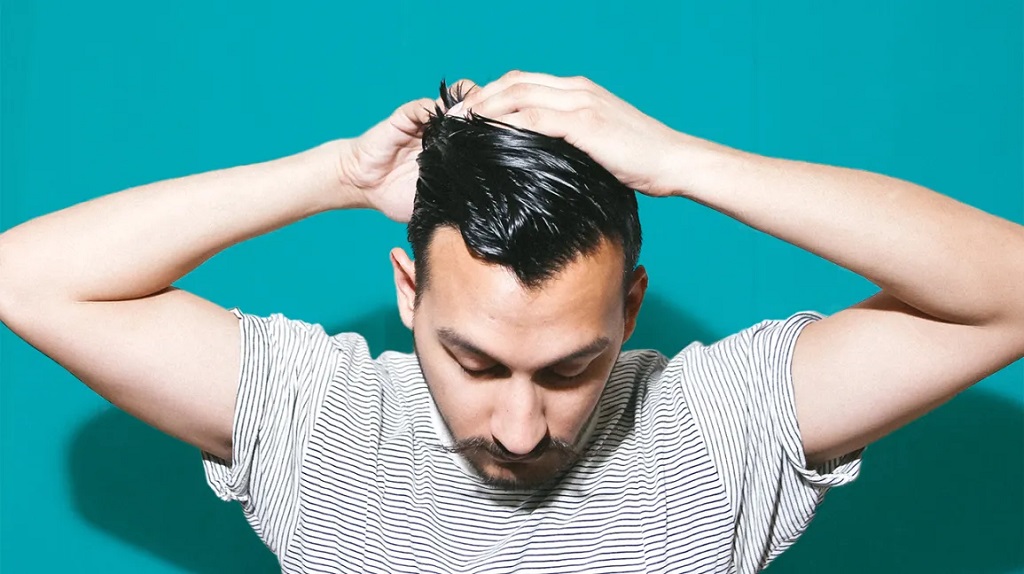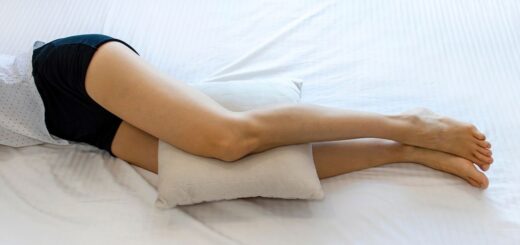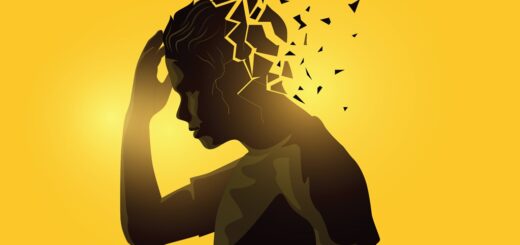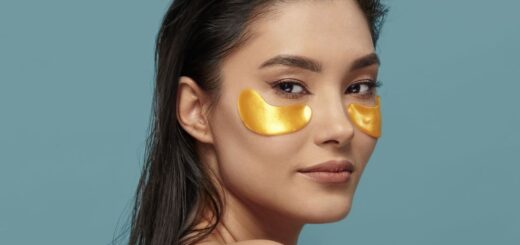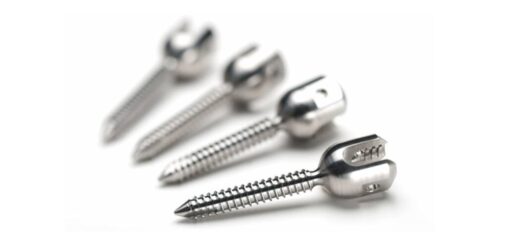Understanding the Benefits of PRP for Hair Loss Treatment
PRP is a non-surgical hair loss treatment that uses your blood to help promote new growth. The process involves drawing blood from your arm, spinning it in a centrifuge, and injecting concentrated plasma into the scalp using micro-needling.
This procedure can be painless in the doctor’s office without surgery. Results are gradual but can be visible after three to six months.
Benefits
PRP, or platelet-rich plasma, is a concentrated blood plasma that contains proteins called growth factors that speed up tissue repair. These proteins can also help with skin rejuvenation and hair growth.
As a result, many medical professionals and PRP hair restoration New York specialists use this therapy to treat thinning or balding hair. They may even combine it with another treatment like minoxidil or finasteride.
Aside from its effectiveness, PRP is a safe and painless procedure that requires little to no recovery time. However, it does take a few months to see results.
Blood is drawn and spun in a centrifuge to concentrate the plasma during the treatment. Then, it is injected into the scalp using needles. The plasma concentration causes growth factors to stimulate the hair follicles.
Risks
PRP is a treatment that uses your blood platelets to promote hair growth. The procedure is non-invasive and involves extracting a small sample of blood from your arm, which is then spun in a centrifuge to separate the plasma and platelets.
The blood serum is injected into thinning areas of the scalp to stimulate hair follicles and improve circulation and nutrient delivery. It can also increase your hair density and lengthen the growth cycle.
A series of treatment sessions are required to achieve a positive result, but the effects of this therapy can last for up to 18 months or more. Generally, a maintenance session is recommended every 3-6 months.
Some risks associated with PRP are pain and bleeding at the injection site, allergic reactions to other products used in the procedure, infection during the healing process, scarring, dizziness and nausea, and blood vessel injury. However, these issues are rare and only reported by a few patients.
Side Effects
PRP treatment is a non-surgical procedure that has proven effective in helping prevent thinning hair. The treatment works by boosting blood flow to the area, improving hair growth, and stimulating new tissue repair.
In addition, a hair loss doctor NYC determines the cause of hair loss and prescribes treatments to slow the condition and encourage new hair growth.
A patient’s blood sample is drawn and spun in a centrifuge machine to perform this treatment. The resulting platelet-rich plasma is injected into the scalp to promote hair growth.
While some patients may experience minor pain or bleeding around the injection sites, these side effects usually subside within a day of treatment. Those with sensitive skin or who experience a severe reaction to the injections should consult their doctor.
Patients who get PRP injections for hair loss treatment must be hydrated and avoid certain medications and alcohol before and after the procedure. They must also wait a full day before washing their hair after the treatment. This ensures that the injection sites are clean and free of contaminants.
Recovery
PRP is an innovative, minimally invasive treatment that maintains and restores hair growth. It is a safe and effective treatment option for men and women who suffer from hair loss.
It involves drawing a blood sample and separating the platelets from the red blood cells with a machine. These platelets are injected into the scalp, stimulating follicles and promoting new hair growth.
In addition, this treatment can help speed up the healing process of damaged follicles. This is why it is often used with FUT hair transplant surgery.
Patients considering PRP for hair loss can expect significant results after several treatments. Typically, these results are noticeable within two weeks of the initial injection and can last up to six months.

